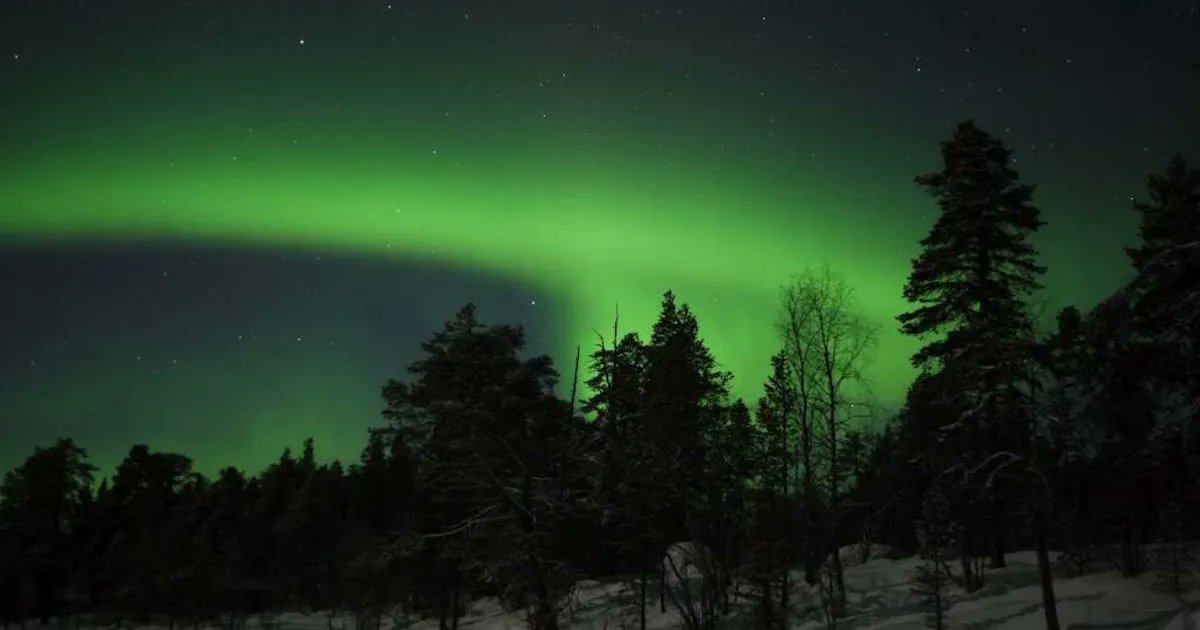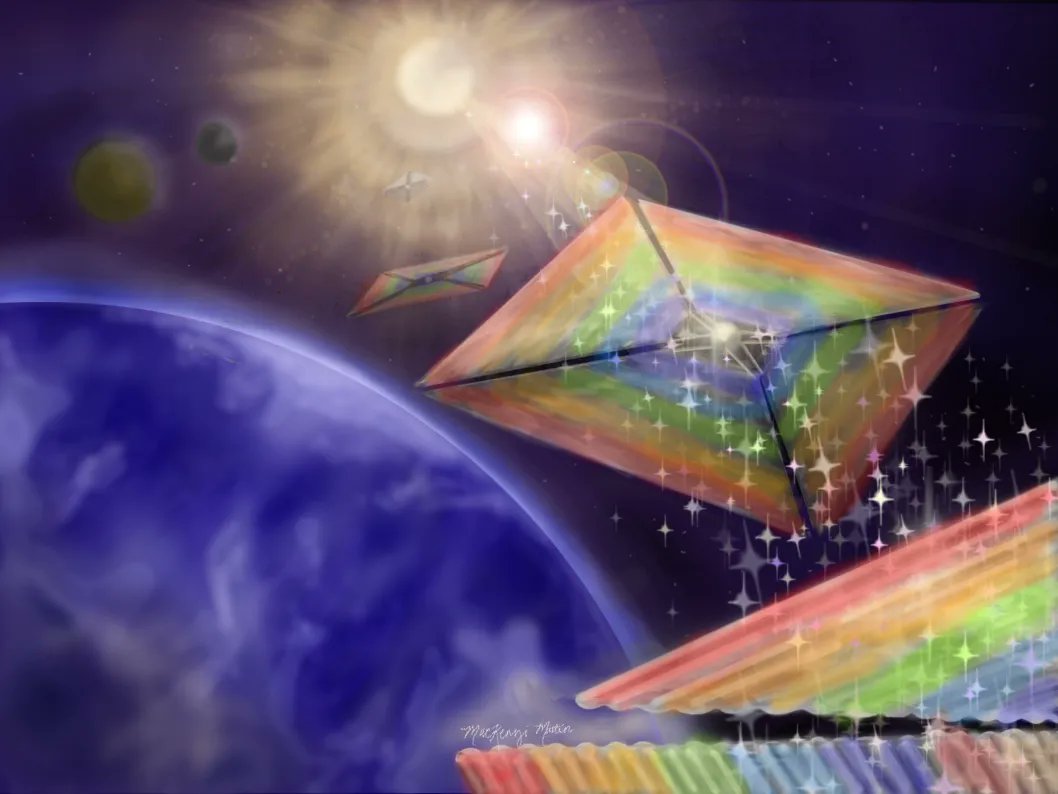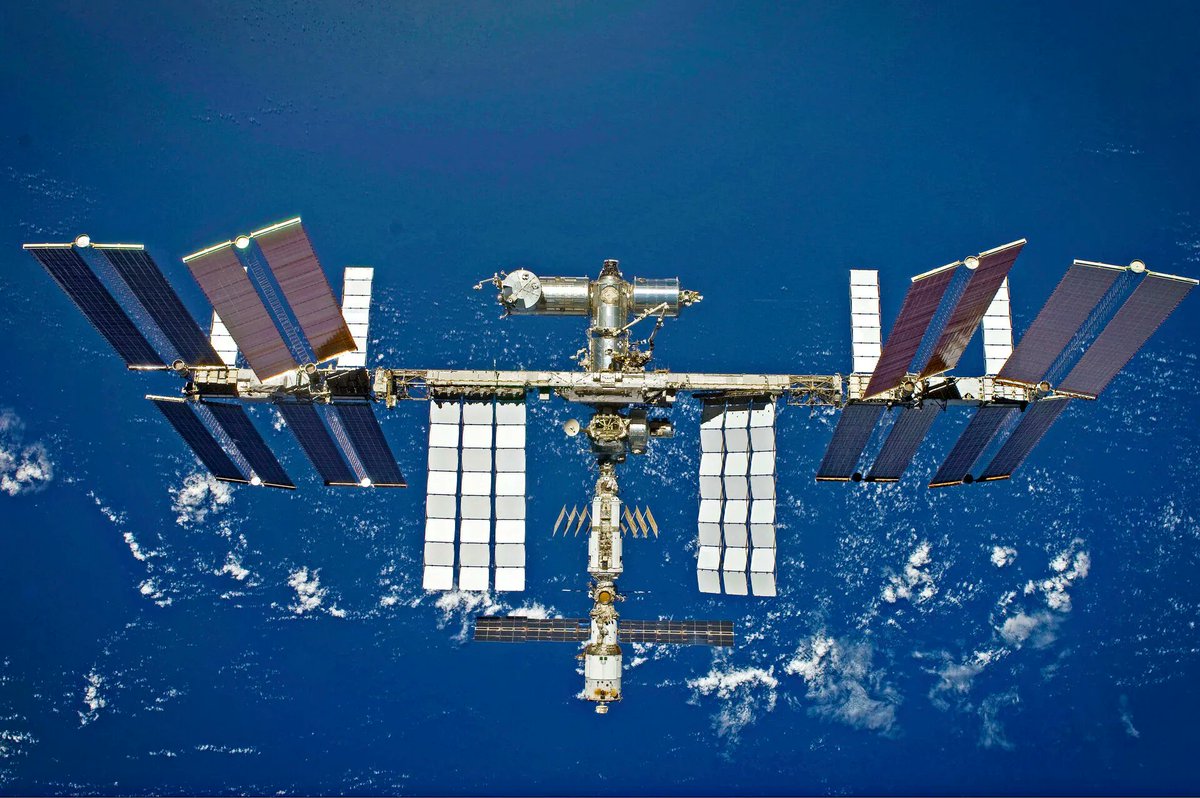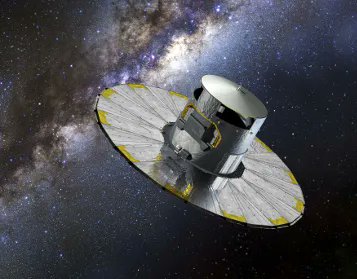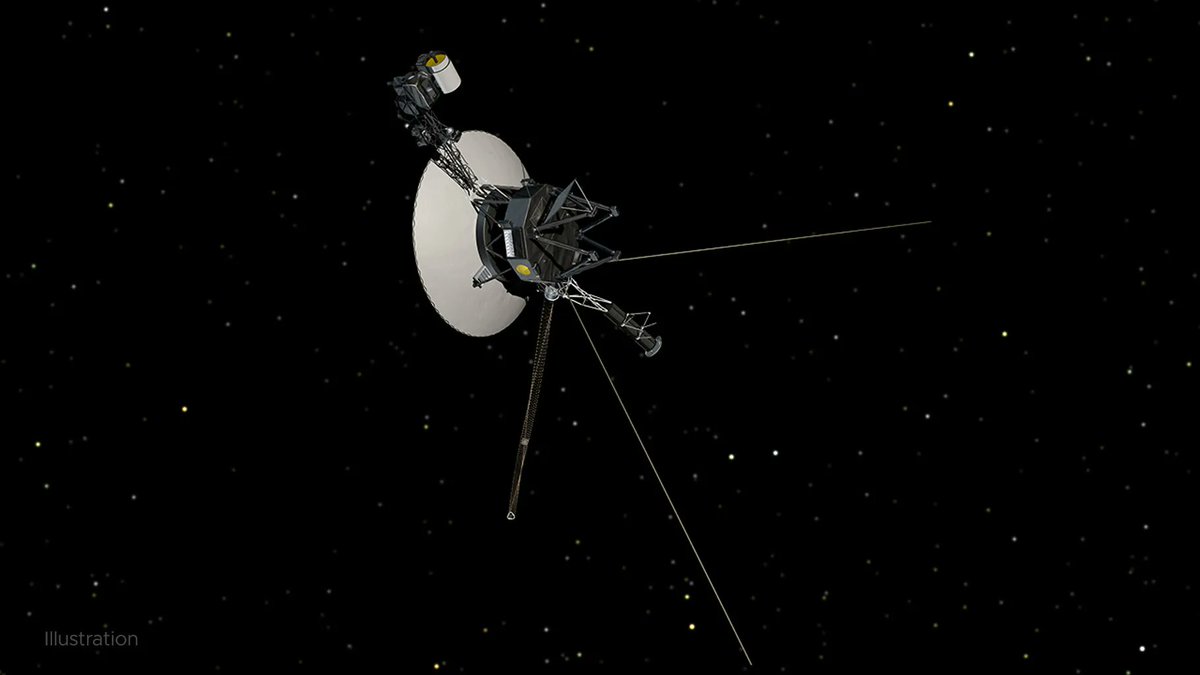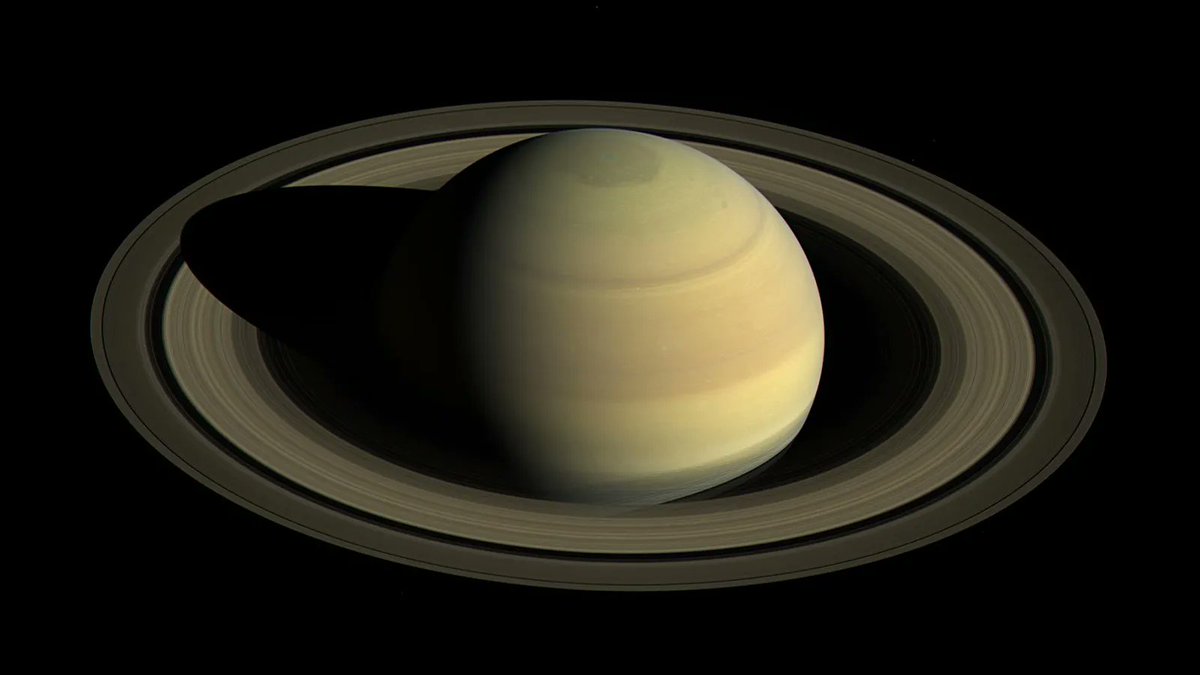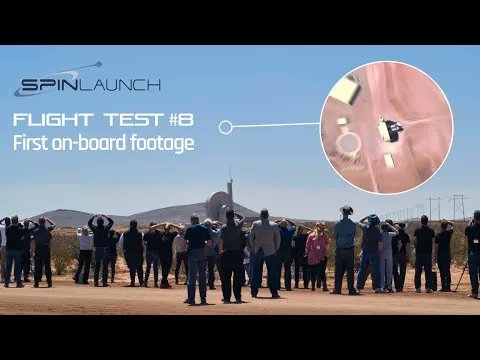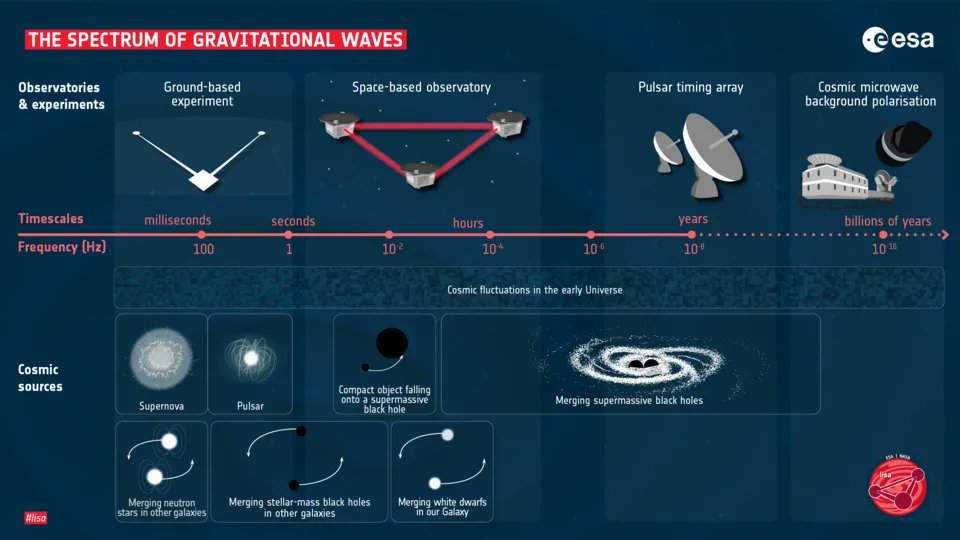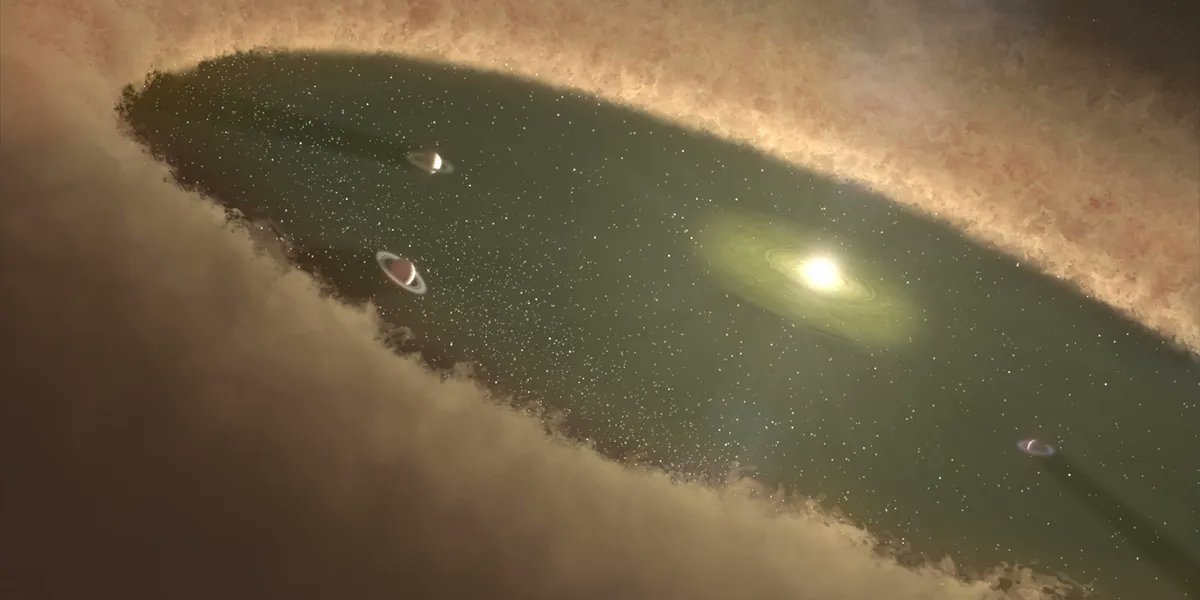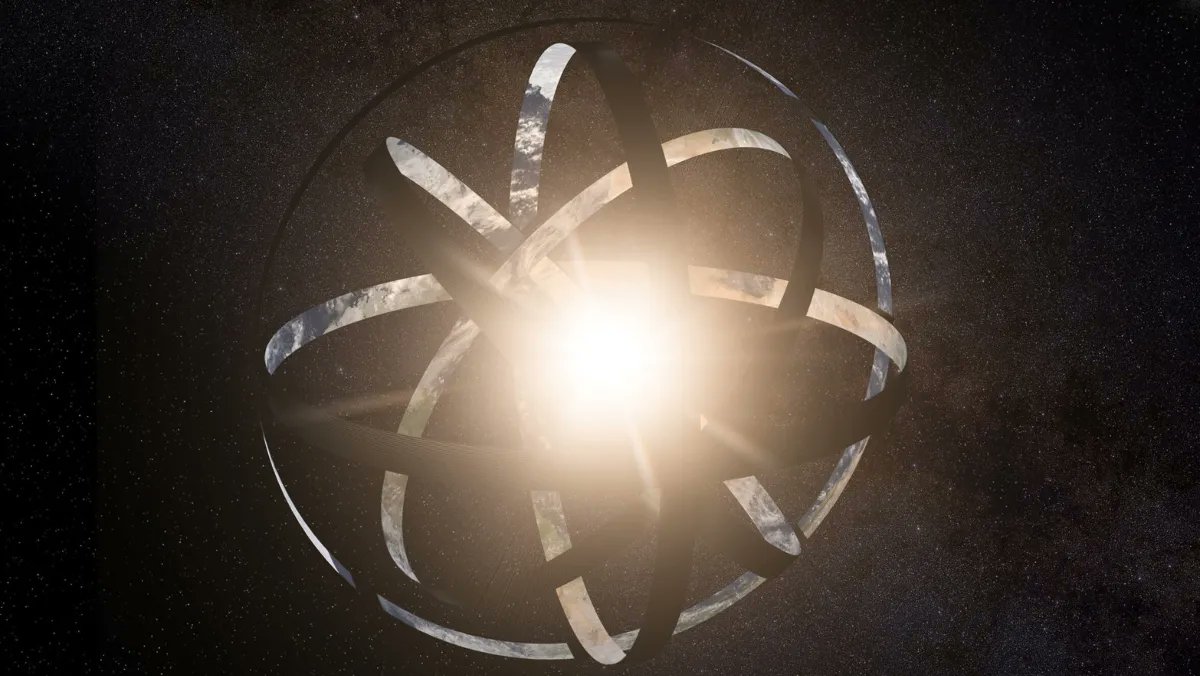Auroras are some of Earth’s most spectacular natural phenomena. Travelers come from far and wide to see the incredible Northern Lights and wonder at their beauty. Once thought to be magical in nature, most science fans understand that the lights are formed by the solar wind interacting with our magnetosphere. But did you know they also make sounds?
Continue reading “Even if you can’t see Auroras, You Can Sometimes Hear Them. Here’s What They Sound Like”A new Kind of Solar Sail Could let us Explore Difficult Places to Reach in the Solar System
Solar sailing technology has been a dream of many for decades. The simple elegance of sailing on the light waves of the sun does have a dreamy aspect to it that has captured the imagination of engineers as well as writers. However, the practicalities of the amount of energy received compared to that needed to move useful payloads have brought those dreams back to reality. Now, a team led by Amber Dubill of John Hopkins University Applied Physics Laboratory and supported by the NASA Innovative Advanced Concepts (NIAC) program is developing new solar sail architecture that might have already found its killer app – heliophysics.
Continue reading “A new Kind of Solar Sail Could let us Explore Difficult Places to Reach in the Solar System”ESA is Developing Microbe-Killing Coatings to Make Spaceflight Healthier
Humans aren’t the only living things in place onboard the ISS. Bacteria, which has found a way to integrate itself into every biome on Earth, has also found a home in the aseptic microgravity of the space station high above it. Unfortunately, this poses a hazard to both the astronauts that live on the ISS and the station itself. But now, a team of researchers funded by ESA and the Instituto Italiano di Tecnologia (IIT) think they have a solution – make the surfaces on the ISS antimicrobial.
Continue reading “ESA is Developing Microbe-Killing Coatings to Make Spaceflight Healthier”Gaia is an Even More Powerful Planet Hunter Than we Thought
Utilizing tools for purposes they weren’t initially intended for is a strength of the astronomical community. Scrounging through data collected for one purpose and looking for hints of another seems to be a favorite pastime of many a professional astronomer. That tradition is alive and well, with a team reanalyzing the first few data sets from Gaia, ESA’s star cataloging explorer. They found hints of exoplanets, and it turns out the probe launched in 2013 is a much better planet hunter than initially thought.
Continue reading “Gaia is an Even More Powerful Planet Hunter Than we Thought”Voyager 1 is Sending Home Strange Telemetry Data
Old computer systems have a lot of wacky ways to fail. Computers that are constantly blasted by radiation have even more wacky ways to fail. Combine those two attributes, and eventually, you’re bound to have something happen. It certainly seems to have with Voyager 1. The space probe, which has been in active service for NASA for almost 45 years, is sending back telemetry data that doesn’t make any sense.
Continue reading “Voyager 1 is Sending Home Strange Telemetry Data”Forget About Mars, When Will Humans be Flying to Saturn?
It might be hard to fathom now, but the human exploration of the solar system isn’t going to stop at the Moon and Mars. Eventually, our descendants will spread throughout the solar system – for those interested in space exploration, the question is only of when rather than if. Answering that question is the focus of a new paper released on arXiv by a group of researchers from the US, China, and the Netherlands. Their approach is highly theoretical, but it is likely more accurate than previous estimates, and it gives a reasonable idea of when we could expect to see humans in the outer solar system. The latest they think we could reach the Saturnian system is 2153.
Continue reading “Forget About Mars, When Will Humans be Flying to Saturn?”Spinlaunch Hurled a Test Rocket Into the air. See What it Looked Like From the Payload’s Point of View
Can watching a video give you motion sickness? If so, a commercial launch company called SpinLaunch just released a video that is sure to. The video is from the first camera ever attached to one of the company’s test payloads, and boy is it spectacular, though it might indeed be nausea-inducing in some people.
Continue reading “Spinlaunch Hurled a Test Rocket Into the air. See What it Looked Like From the Payload’s Point of View”LISA has Passed a key Review Phase, it’s Time to Actually Design the Final Mission
Any project manager will tell you that a phased review project system is the way to go. Whether or not you agree with that statement, the process has been widely adopted by space exploration organizations across the globe. They form the basis of many of the best-known projects, and the completion of their phases are events to be celebrated by both the people working on them and the public at large. Now LISA, ESA’s attempt to build a 2.5 million kilometers long interferometer in space, has passed its Feasibility Phase, and is moving on to actually building some prototype technologies.
Continue reading “LISA has Passed a key Review Phase, it’s Time to Actually Design the Final Mission”Did a 5th Giant Planet Mess up the Orbits of Jupiter, Saturn, Uranus and Neptune?
The solar system’s current planetary orbits seem stable, but that’s only because the planets have settled into them over billions of years. The early solar system was a much different place than that seen today, and for almost 20 years, scientists thought they had a good handle on how it got that way. But more recently, data had started pointing to some flaws in that understanding – especially about how the giant planets in the outer solar system got where they are today. Now an international team of astrophysicists thinks they have a better understanding of that process, and they believe it could help solve a long-standing argument about the early solar system.
Continue reading “Did a 5th Giant Planet Mess up the Orbits of Jupiter, Saturn, Uranus and Neptune?”If There are Dyson Spheres Around White Dwarfs, We Should be Able to Detect Them
Searching for Dyson spheres, rings, or swarms remains a preoccupation of many astronomers. If there are any out there, they will eventually be found, and the person or research team to do so will go down in history for making one of the most momentous discoveries in the history of humanity. If you’re interested in claiming that accolade for yourself, an excellent place to look may be around white dwarfs. At least, that’s the theory put forward in a new paper by Benjamin Zuckerman, a now-retired professor of astrophysics at UCLA.
Continue reading “If There are Dyson Spheres Around White Dwarfs, We Should be Able to Detect Them”
